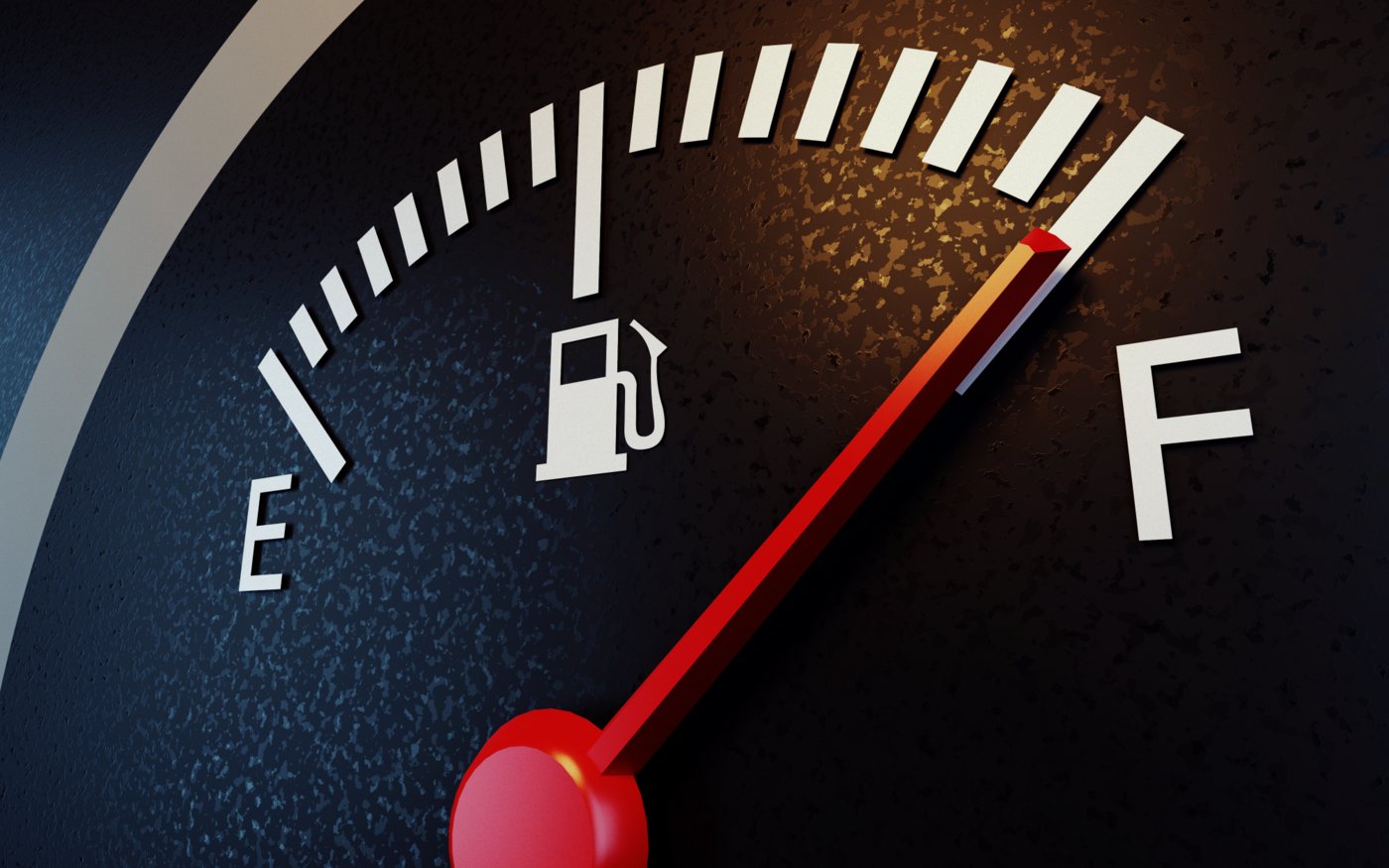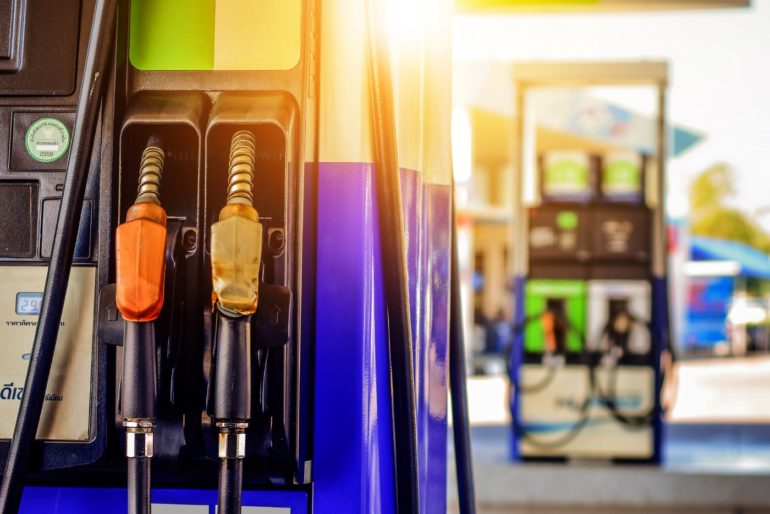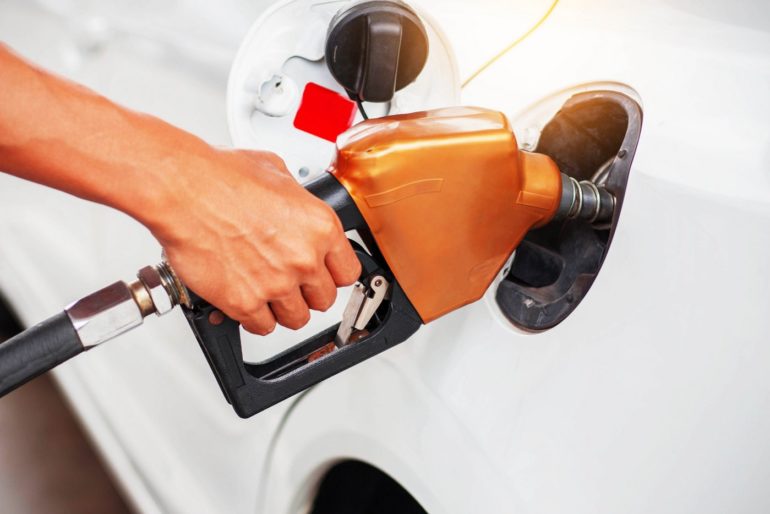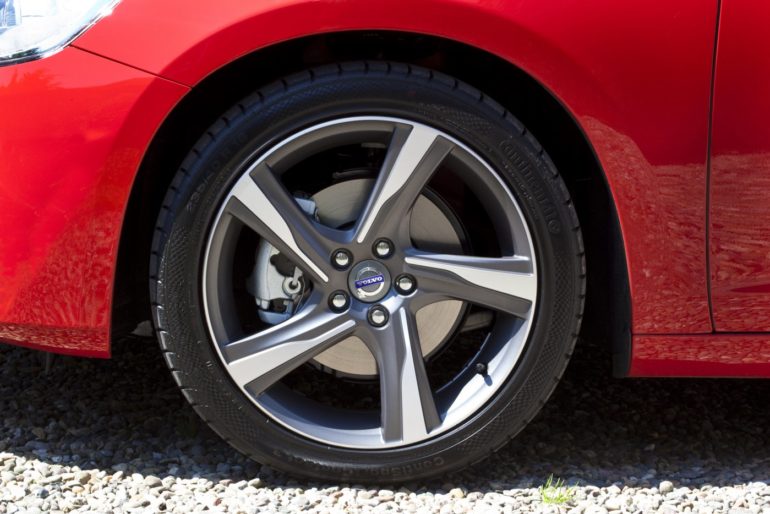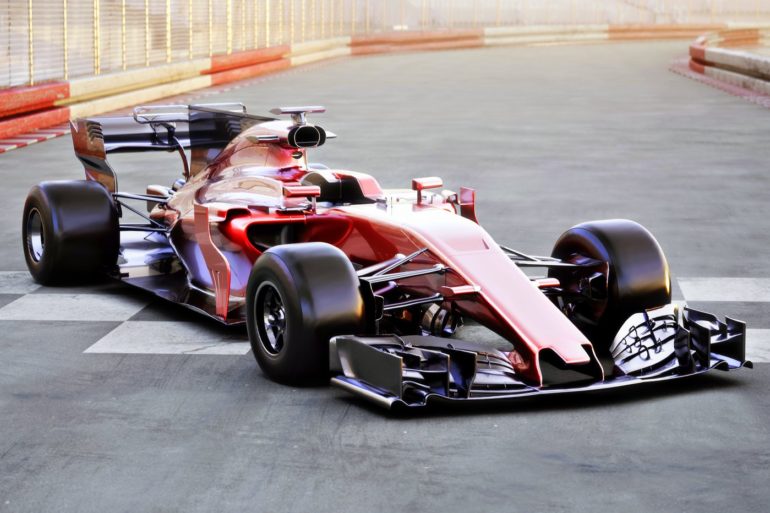Why is a car’s gas gauge so inconsistent?
Why does the first quarter of a car’s tank of gas seem to last a week — and the last quarter lasts what seems like a day?
Gas gauge: full, full, full, empty
It really makes you feel like a hypermiling superhero when you pull away from the pump with a full tank — then drive 50 miles before the needle even budges.
Of course, reality comes crashing down later when the last half of the tank seems to disappear faster than Keystone Light at a frat party.
Eventually, this charade leads to frustration and the question, “Why can’t these huge auto manufacturers with their multi-million dollar R&D budgets make accurate gas gauges?”
Well, here’s the thing — they can. But it seems that’s not what the vast majority of consumers want. Read on.
Running on empty
Ford Motor Company fuel systems engineer Phil Pierron once said that people actually want that gas gauge to stay on ‘full ‘for a while, thus making them feel like you’re not immediately burning through that $50 you just dropped in the tank.
According to Pierron, the opposite is true as well — empty isn’t really empty anymore, it means you’ve still got some gas left.
Apparently customer surveys indicated that “our customers really didn’t want to run out of fuel when they hit ‘E.’ Customers do want some amount of fuel when they get to ‘E.’”
So the joke by a stand-up comic (whose name I have long since forgotten) where his dad always thought that ‘E’ stood for “Enough” was, in fact, actually somewhat correct.
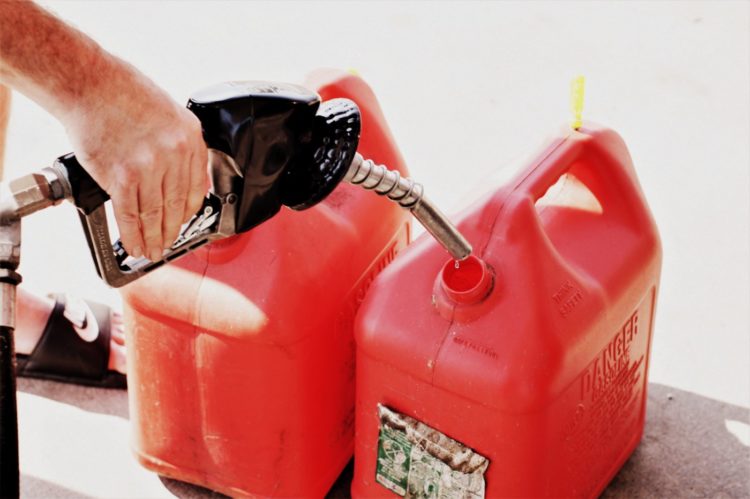
Gas and go
There are a few other reasons that the first part of the tank seems to last longer than the rest.
First of all, if you’re one of those folks that keep squeezing the handle after the pump has shut itself off — “topping off” — thus filling the thing all the way up the filler neck to the gas cap, there are two things going on there.
First, it’s not particularly safe, because while the gas in the tank is well protected from damage and spilling in a crash, the filler neck is substantially less protected. Also, it can wreak havoc due to issues with the vapor systems.
But when it comes to reading your gas gauge, remember that the Empty to Full range is calibrated for the capacity of the tank itself, not the tank plus the half-gallon you can squeeze into the filler neck.
Also, with the odd shapes gas tanks are made in these days — for the sake of safety, rear seat and trunk space, weight distribution, and various other reasons — it can be hard to 100% accurately measure how much fuel really is in the tank at any given time.
Older cars also tended to use less accurate measuring systems, or they may have declined in accuracy with age.
Coasting home?
In short, there’s no single explanation as to why something so simple as a gas gauge should be so wildly inaccurate at times.
The best bet is to, quite honestly, not worry about it — but don’t just assume that every manufacturer gives you a cushion when the gauge hits E.
A good guideline is to fill ‘er up when you reach about 1/4 tank. Then if there’s an emergency of some sort, you won’t be caught short.
This is even more important if you have a hybrid (gas/electric battery) vehicle — they’re not designed to run without gas. In fact, running it dry could cause “severe damage” to the hybrid system. So another reason to keep a little bit ahead with your refuel timing.

